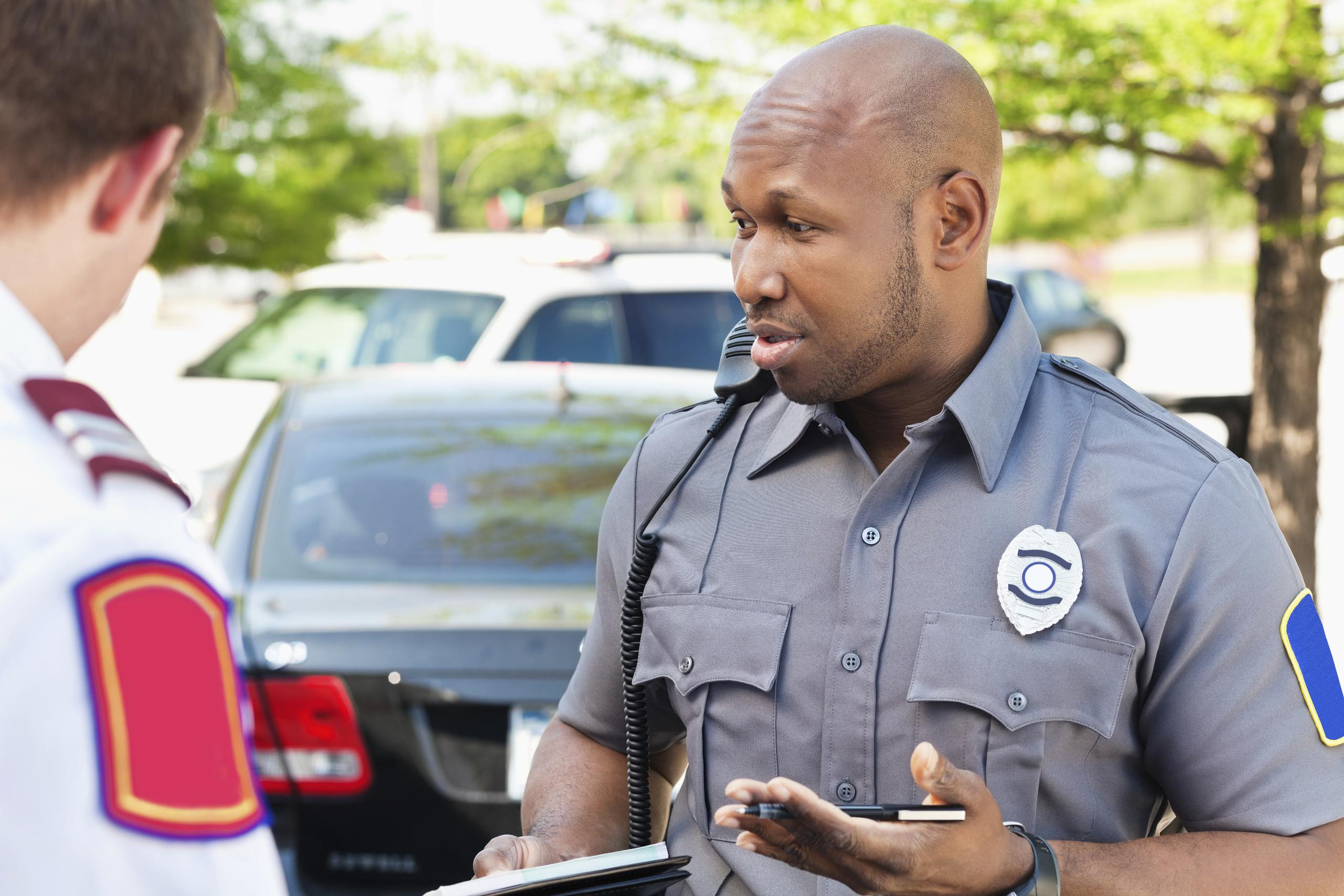

Criminal Strategies
Improve the Response to Firearms in the Criminal Legal System
The criminal legal system uses its full authority to take guns away from abusers and ensures abusers surrender their guns and ammunition if the law says they can’t have firearms.
This Community Strategy focuses on criminal domestic violence cases, and challenges communities to take every available opportunity during the criminal process to address the threat posed by offenders’ access to firearms.
Despite differences in the criminal processes employed by communities around the country and in the legal authority granted to the professionals involved in responding to domestic violence crimes, all communities can develop and implement effective processes to identify cases in which offenders’ access to firearms presents safety concerns and to address those concerns by disarming offenders and preventing them from obtaining new firearms.
In addition to enforcing state and Tribal firearm prohibitions, communities should take steps to facilitate enforcement of the federal firearm prohibition imposed upon individuals convicted of certain misdemeanor crimes of domestic violence, found at 18 U.S.C. § 922(g)(9), especially in the absence of an analogous prohibition in their state or Tribal law. Learn more.
Each of the common steps of criminal domestic violence cases, listed below, provides opportunities for the legal system to learn about and respond to offenders’ use of and access to firearms. Click on a step to learn about suggested policies and practices, which may be adapted to the unique characteristics and needs of your community. The Safer Families, Safer Communities Project is available to assist you with this effort.
The Criminal ProcessOpportunities to Prevent Firearms Access by Offenders
- 911 Call and Initial Response by Law Enforcement
- Pre-Trial Hearings: Initial Appearance and Preliminary Hearing
- Pre-trial Negotiations and Plea
- Trial, Conviction, and Sentencing
- Post-Conviction/Probation
- Surrender and Seizure Process, Including Compliance Monitoring
- Storage of Firearms
- Third-Party Transfer of Firearms
- Return of Firearms